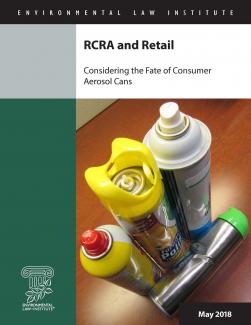Legionella Management in Building Water Systems
Developments in State Policy
Contents
- Background – Legionella and Indoor Air Quality
- Scope of this Policy Brief
- Recent Industry Standards and Guidelines for Controlling Legionella in Building Water Systems
- Federal, State and Local Policies Requiring Building Water Management Plans and Programs
- Other Policy Strategies Not Covered in this Policy Brief
Background – Legionella and Indoor Air Quality


